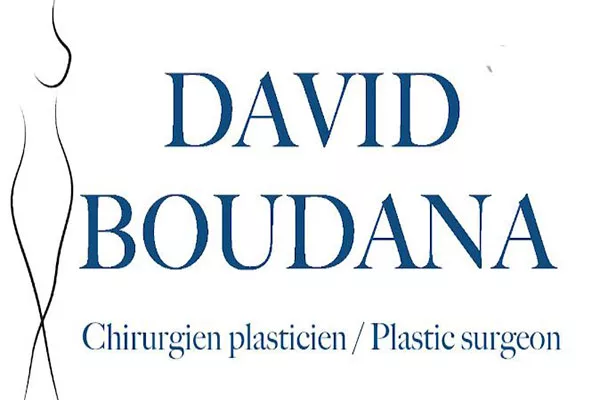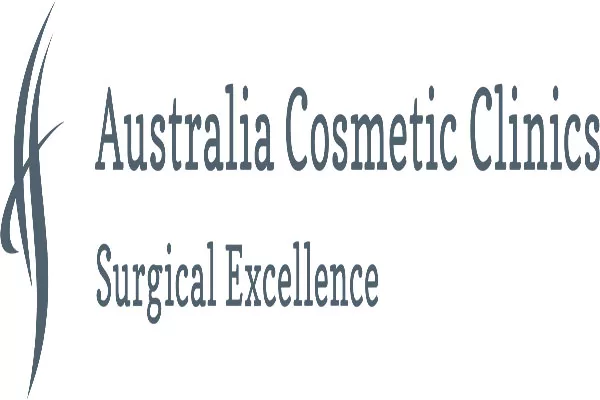Plastic surgery has become increasingly popular in recent years, with more people turning to it to improve their physical appearance. While there are many benefits to these procedures, they are not without their risks. One of the major complications that can arise from plastic surgery, particularly breast augmentation, is Breast Implant Illness (BII). BII is a condition in which women with breast implants experience a variety of symptoms, including fatigue, joint pain, and cognitive problems. In this article, we will explore the causes of BII, its symptoms, and the treatments that are available.
Causes of Breast Implant Illness
The exact cause of BII is not yet fully understood, but it is believed to be related to the immune system’s response to foreign objects in the body. Breast implants are made of silicone or saline and are considered foreign objects by the body. When the immune system detects these implants, it may react by producing an inflammatory response, causing a range of symptoms. Additionally, it is possible that some individuals may have a genetic predisposition to developing BII. Other factors that may contribute to the development of BII include the type of implants used and the surgical technique used to insert them.
Symptoms of Breast Implant Illness
The symptoms of BII can vary widely, and not all individuals with breast implants will experience them. Some of the most common symptoms include fatigue, joint pain, muscle pain, difficulty concentrating, memory loss, and cognitive problems. Other symptoms may include headaches, hair loss, skin rashes, gastrointestinal problems, and swollen lymph nodes. In some cases, these symptoms may be so severe that they can impact a person’s quality of life and ability to perform everyday activities. It is also important to note that the symptoms of BII can develop at any time, even many years after the breast implants were inserted.
Diagnosis of Breast Implant Illness
Diagnosing BII can be challenging, as the symptoms can be vague and difficult to pinpoint. Additionally, many of the symptoms of BII overlap with those of other conditions, such as autoimmune disorders, Lyme disease, and chronic fatigue syndrome. To diagnose BII, a doctor will typically perform a thorough physical examination and take a detailed medical history. They may also order blood tests, imaging studies, or other diagnostic tests to help rule out other potential causes of the symptoms. In some cases, the doctor may recommend that the breast implants be removed to see if this resolves the symptoms. If the symptoms improve after the implants are removed, this can provide strong evidence that BII was the cause.
Treatment of Breast Implant Illness
The most effective treatment for BII is typically to remove the breast implants. This can be done through a simple surgery, and most women will see a significant improvement in their symptoms after the implants are removed. In some cases, the capsule of scar tissue surrounding the implants may also need to be removed to ensure that all of the silicone or saline has been extracted from the body. After the implants are removed, it may take some time for the body to fully recover, and some symptoms may persist for a period of time. However, most women who have had their implants removed report that they feel much better overall and experience a significant improvement in their quality of life. In some cases, additional treatments such as physical therapy, medication, or supplements may be recommended to help manage any residual symptoms.
Prevention of Breast Implant Illness
While there is no surefire way to prevent BII, there are several steps that women can take to minimize their risk. First and foremost, it is important to choose a reputable, board-certified plastic surgeon who has experience performing breast augmentation procedures. This can help ensure that the implants are inserted correctly and minimize the risk of complications. Women should also be extremely vigilant about monitoring for any signs of infection or other problems after the surgery, and report any issues to their doctor immediately. Additionally, following a healthy lifestyle, eating well, and getting regular exercise can help boost the immune system and reduce the risk of developing BII. Finally, women who are considering breast implants should speak with their doctor about all of the potential risks and benefits of the procedure to make an informed decision about whether it is right for them.
Other Complications of Plastic Surgery
Breast Implant Illness is just one of the many potential complications that can arise from plastic surgery. Some of the other most common complications include:
- Infection: Any surgical procedure carries a risk of infection, and plastic surgery is no exception. Signs of infection may include fever, chills, redness, and pain around the surgical site.
- Hematoma: This is a collection of blood that can form under the skin after surgery. Hematomas can cause pain, swelling, and discoloration, and may require additional surgery to correct.
- Seroma: A seroma is a collection of fluid that can accumulate around the surgical site. While they are not usually harmful, seromas can cause discomfort and swelling.
- Nerve damage: Plastic surgery can sometimes damage the nerves in the area being operated on, leading to numbness, tingling, or even loss of sensation.
- Scarring: Scarring is a natural part of the healing process after surgery, but in some cases, scars may be more visible or prominent than desired.
It is important for anyone considering plastic surgery to be aware of these potential risks and to carefully weigh the benefits and drawbacks of the procedure.
Conclusion
Breast Implant Illness is a serious complication of plastic surgery, but it is important to remember that it is a rare condition. For women who have experienced the symptoms of BII, however, the impact on their quality of life can be significant. If you are experiencing any symptoms after having breast implants inserted, it is important to speak with your doctor right away to determine the cause and explore your treatment options. Whether you decide to have the implants removed or pursue other treatments, there are options available to help manage the symptoms of BII and get you back on the path to good health.
Resources
If you are looking for more information on Breast Implant Illness, there are several resources available:
- Breast Implant Illness Facebook Group: This is a popular online community where women can share their stories, ask questions, and provide support to one another.
- The American Society for Aesthetic Plastic Surgery: This organization provides information on plastic surgery procedures and can help you find a board-certified plastic surgeon in your area.
- The Breast Implant Removal and Information Group: This is another online community where women can share information and get support related to breast implant removal.
- The National Center for Complementary and Integrative Health: This organization provides information on alternative treatments for a range of health conditions, including some of the symptoms associated with BII.
By using these resources and speaking with your healthcare provider, you can stay informed and make the decision that is right for you.
Final Thoughts
Breast implant illness is a serious complication of plastic surgery that can cause a range of symptoms and impact a person’s quality of life. While breast augmentation is generally considered safe, it is important to be aware of the potential risks and take steps to minimize them. If you are considering breast implants, take the time to research your surgeon carefully and discuss all of the potential risks and benefits of the procedure with your doctor. If you are already experiencing symptoms related to BII, know that there are treatment options available and that you do not have to suffer alone. By speaking with your doctor and accessing the resources available to you, you can find the support and treatment you need to get back to feeling like yourself again.
References:
- Mayo Clinic. Breast Implants: Saline vs. Silicone. Accessed September 23, 2021, from https://www.mayoclinic.org/tests-procedures/breast-implants/breast-implants-saline-vs-silicone/art-20044858
- American Society of Plastic Surgeons. Breast Augmentation: What You Need to Know. Accessed September 23, 2021, from https://www.plasticsurgery.org/cosmetic-procedures/breast-augmentation/what-you-need-to-know
- National Center for Complementary and Integrative Health. Lyme Disease. Accessed September 23, 2021, from https://www.nccih.nih.gov/health/lyme-disease
- U.S. Food and Drug Administration. Breast Implants: Risks of Breast Implants. Accessed September 23, 2021, from https://www.fda.gov/medical-devices/breast-implants/risks-breast-implants
- Breast Implant Illness Facebook Group. Accessed September 23, 2021, from https://www.facebook.com/groups/BreastImplantIllness/
- The Breast Implant Removal and Information Group. Accessed September 23, 2021, from https://www.facebook.com/groups/biiawareness/
- The American Society for Aesthetic Plastic Surgery. Accessed September 23, 2021, from https://www.smartbeautyguide.com/
- National Center for Complementary and Integrative Health. Chronic Fatigue Syndrome. Accessed September 23, 2021, from https://www.nccih.nih.gov/health/chronic-fatigue-syndrome.







